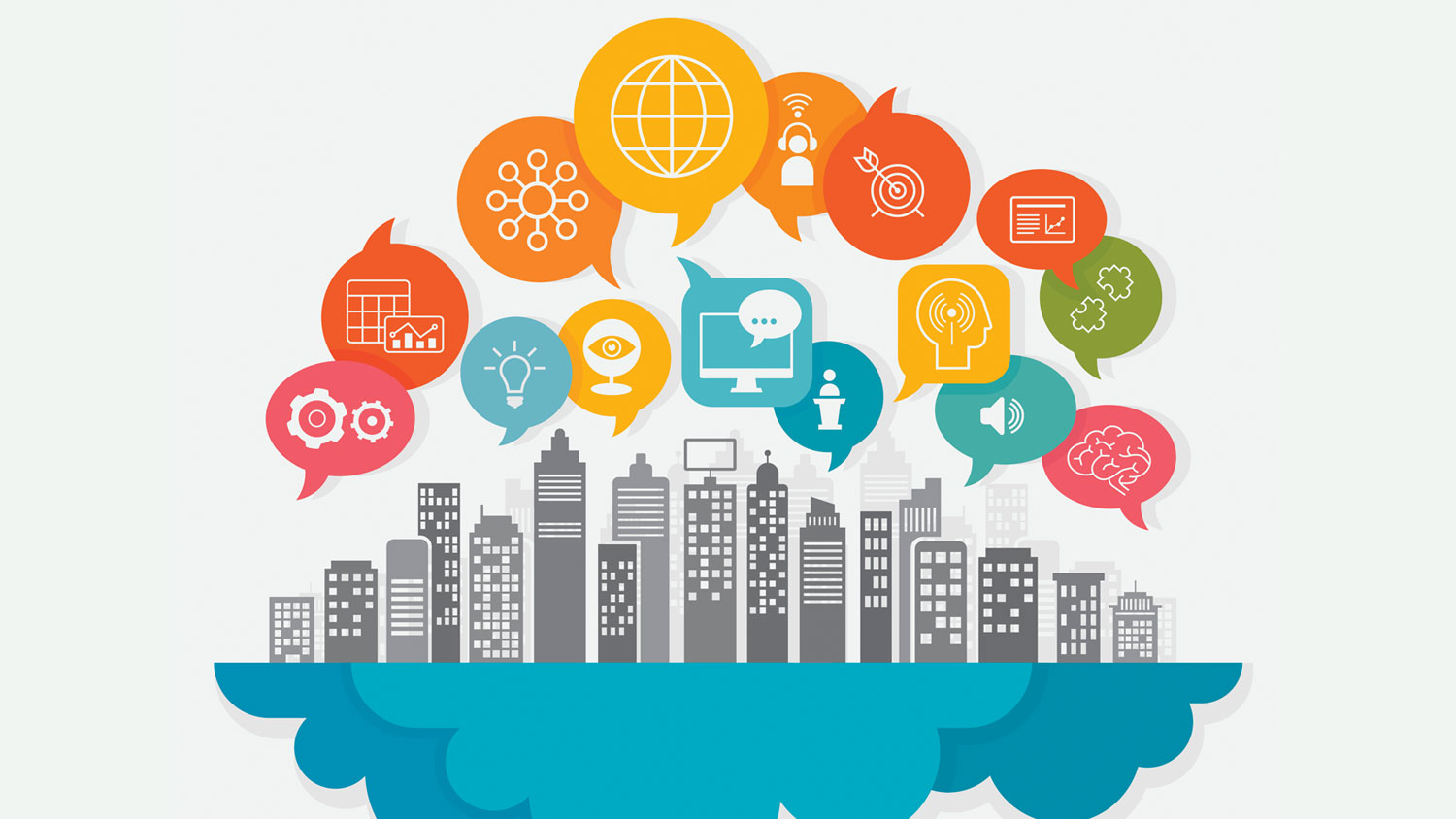Opportunities in Deep Tech
Fri, 09/20/2019 - 12:00
Urbanisation and digitalisation trends pose new challenges for governments. Providing affordable healthcare, efficient transportation and relieving urban congestion are the issues which can be solved by hard core science and engineering.
Opportunities are opening up in various industries including MedTech, quantum technology, Internet of Things or connected devices, artificial intelligence and autonomous vehicles. These are the growth areas, some of which are highlighted below, in the next 5 to 10 years.
Medical Technology
Healthcare demand already outstrips supply in the Asia-Pacific region which has over half of the world’s population. Access to modern medical technologies will rise with increases in income, population and general awareness of health issues.
The MedTech market will hit US$133 billion1 by 2020. Wearables to measure and monitor vital signs, cancer fighting drugs and new medical intervention techniques are among the potential areas for scientific discovery and innovations.
Cancers are among the leading causes of mortality worldwide, with approximately 14 million new cases and 8.2 million cancer-related deaths in 2012. The cancer treatment market alone is a US$895 billion annual global spend.
New immune oncology agents that leverage the body’s immune system to augment traditional therapies like chemotherapy and radiation, offer cancer patients new hope, creating a panoply of investment opportunities.
Quantum Technology
Quantum technology is about sub-atomic physics. In a sense, the technology has existed for 50 years2, in areas like nuclear power or the semiconductors in PCs and phones. Wider commercial applications have cropped up because now scientists can understand and control the inner workings of atoms more closely. Quantum technology is able to handle more data faster. It offers more secure communications, tamper-proof navigation and timing systems and is more reliable. Hence its use is widely expected in cryptography, pharmaceuticals, financial services and artificial intelligence.
Internet of Things
Internet of Things or connected devices are expected to more than double between 2017 and 2020. Companies can analyse the data collected and multiplied from all these devices in real time to generate innovative new services. As the market shifts from connectivity to platforms, applications and services, IoT will become a trillion-dollar3 opportunity.
Renewable Energy
Climate change is upon us. Carbon emissions, rising sea levels and the climb in global temperatures have to be managed. One area for investment is energy storage which is critical for balancing power supply and electricity demand for homes.
Artificial Intelligence
Artificial intelligence, machine learning and deep learning technologies are being applied in different areas from cybersecurity to driverless cars. Another area is healthcare where these technologies can be used in precision medicine where medical treatment can be customised for individuals.
Robotics
Faced with a tight labour market, small manufacturers can turn to robots to augment their workforce. Armed with machine vision, they can pick-and-place, de-palletise, assemble or package tiny components faster and more accurately than a human worker. And it does not get sick. Some of these robots can be used as customer service agents or even as healthcare providers.
Agricultural Tech
In Southeast Asia, agriculture is a big part of some economies. There are opportunities for software to be embedded in farming tools to help farmers measure crop yield, or to collect data from farms and environmental conditions to identify the best timing for planting.
Synthetic biology will help produce more food for the world’s population which will hit nine billion by about 2030. Alternative proteins can be created from plant-based substitutes and edible insects.
Autonomous Technology
Not only driverless cars and last mile public transport systems will be affected by this fast-developing field. Adjacent industries such as insurance and financial services will be impacted too. Insurance firms of the future may collect information on a driver’s driving habits and the distance he drives to ascertain the chance of him getting into an accident, and thus the premium he will pay. Last mile transportation is good for driverless mini-buses that can be operated by communities whose residents want to move from their homes to town centres or train stations.
With driverless cars, bi-directional cars will be good for use in the city where parking space may be smaller and tighter.
1Meeting growing Asia-Pacific demand for medical technology
https://www.mckinsey.com/industries/pharmaceuticals-and-medical-products/our-insights/meeting-growing-asia-pacific-demand-for-medical-technology
2Taking the quantum leap: What is quantum technology for business?
https://www.computerweekly.com/opinion/Taking-the-quantum-leap-What-is-quantum-technology-for-business
3New GSMA study: Operators must look behind connectivity to increase share of US$1.1 trillion IoT revenue opportunity
https://www.gsma.com/newsroom/press-release/new-gsma-study-operators-must-look-beyond-connectivity-to-increase-share/
In the Deep Tech Investments: Realising the Potential Insights Paper, we delve deeper into the Deep Tech landscape, in Singapore and around the world. Download our full report to learn more Deep Tech’s potential as an investment asset.
Trending Posts
- Keeping satellites safe: How CYSAT Asia 2026 is tackling space cybersecurity
- The future of fusion energy: What will it take to bring the power of the stars to earth?
- How an aerospace engineer charted a path to quantum technology
- Scaling nanomaterials is challenging — Meet the startup with a hybrid solution
- Surveying Singapore's early-stage emerging tech startup landscape






